In this guest article, Amanda Cusdin, chief people officer at Sage, provides actionable steps on how SMEs can drive DE&I initiatives.
The past three years have been a whirlwind for DE&I work: we’ve seen lots of big businesses sharing their DE&I plans in response to everything from George Floyd’s murder and the Covid-19 pandemic to changing norms around family and caretaking, and evolving expectations from candidates, colleagues, and customers. But by most measures, we haven’t given enough airtime to the crucial role small- and medium-sized businesses (SMBs), which form 99% of all businesses worldwide, can play in building a more inclusive world.
Admittedly, the path to DE&I looks quite different for SMBs – they don’t often have the resources to hire a DE&I leader; formulate a plan; or figure out how to get started – all things that are relatively easier for bigger businesses like Sage, where I am Chief People Officer. But as our SMB customers show, the desire to build equitable societies is not limited to Big Business – what’s missing is SMB expertise or resources to formulate, or execute, a plan.
If you’re one of the SMBs looking to start your DE&I journey, below are a few proven tips to help you get started, no matter your size, industry, ability, or investment so far.
- Conduct a “touchpoint” audit. Inclusion is about taking intentional action to ensure people feel like they belong, and that they can be themselves. This feeling should permeate every touchpoint your company has with its stakeholders – colleagues, customers, investors, and so on. So, your first task may be to audit all the touchpoints your brand has with these groups and note any bias they may encounter – on a notepad, or Word doc is fine! This may involve looking through your product, marketing, and hiring. A few questions you can ask:
- Is your product easy to use for neurodivergent customers or colleagues?
- Do your promotional materials represent the diverse customer base you serve?
- Is your hiring process flexible enough for candidates who may need adjustments?
- Collect data. Once you’ve figured out your touchpoints, collect data to determine where to focus your efforts first. This may look like doing a customer survey – through many of the free survey tools available online – to see if they find your products or services easy to use and inclusive, or if they need any adjustments. Similarly, you can poll colleagues to gauge their sentiments about belonging and inclusion at your company. Based on the data, you may consider coming up with a top-3 list of areas that need immediate attention. This is the basis of your action plan.
- One thing I’d warn against in this work is the desire to get a perfect plan in place before you take action. Your plan may be a few bullets and data points in an Excel sheet, or it may be a 15-page slide deck your HR leader puts together. Both options are OK – but remember to prioritise the most urgent and impactful areas; you don’t have to fire on all engines simultaneously or equally. The goal is to start doing the work where you are, with the resources you have, with the intention of doing better over time.
The action you take will depend on what your data tells you, but it may look like building stronger relationships with suppliers from racial minorities; investing in sensitivity training for your colleagues or diversifying your hiring sources so that you are considering candidates of varied backgrounds.
- Communicate your efforts. It’s important your audiences know of your efforts to be more inclusive – this will help them feel safe when visiting or interacting with your business, especially if they belong to under-represented groups. This may be as simple as, for example, putting your pronouns in your signature to show you are an LGBTQ-friendly business, or communicating to your colleagues how you’re going to use the data collected in step 2 to ensure an equitable path to leadership across the company. This will start to build crucial goodwill amongst internal and external stakeholders.
- Avoid these common pitfalls. The good news about kicking this work off in 2023 is that we have a wealth of learnings in the business world to take lessons from. Here are some points of caution I would flag as you embark on your own journey.
- Don’t wokewash. Wokewashing is the act of communicating values and progress that aren’t backed up by data or action, done with the intention of making an organisation look more progressive than it may be. Ensure that the image you’re projecting can be substantiated by the actions you’re taking to tackle any inequities within your business.
- Employ a long-term view. DE&I is crucial work, but it is also a test of perseverance. Change takes time, as we all know, and it is no different in the world of business – so don’t expect immediate results, and don’t act for the short term. (Just look at the flurry of businesses that raced to take action after the murder of George Floyd in 2020 – unfortunately, not many have been able to sustain their focus three years on.) Note also that DE&I work never ends – it’s not a programme with a clear beginning and end, but it will evolve as your business, and the communities you serve, do.
- Ask for help. No one business has all the answers – it’s important to know that there are external organisations (often with free online resources) that you can rely on for help tackling specific issues, or to get advice and mentorship.
- Invest in it at the top. Lastly, this work starts at the leadership level. Business owners and managers have to own it for there to be appropriate buy-in and investment from other parties – otherwise, it will fail. This means you may have to put yourself through appropriate training and coaching to check your own unconscious biases and how they may show up in your operations and leadership.
Getting started on DE&I is hard for businesses of any size – and much more so for time- and resource-strapped SMBs. Hopefully, the above steps help SMBs demystify the process and get started on their own inclusion journey.
Related and recommended
Labour believes a trade deal with the US will change its political fortunes, but there are numerous obstacles in the way
The Olympic cycling champion has brought lessons from his time in sport to his work in business
How do you build a company culture that nurtures game-changing ideas? Start with mindset, feedback and failure
The auto industry entrepreneur believes smart pivots can be the start button to fire up business success

